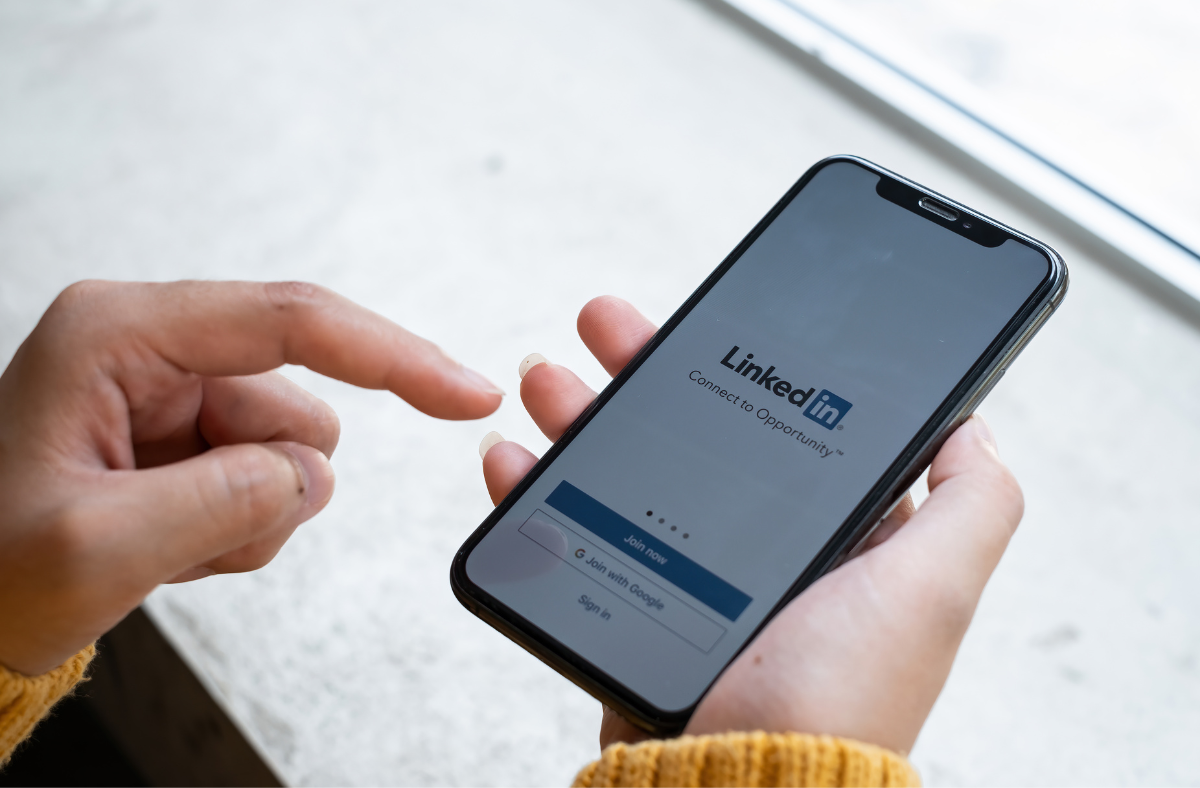7 Effective Ways Small Businesses Can Leverage LinkedIn to Achieve Their Goal
LinkedIn is a potent platform that small businesses can utilize to achieve their objectives. With over 700 million members worldwide, LinkedIn offers endless possibilities for networking, generating leads, and building your brand. In this discourse, we will scrutinize the different methods small businesses can leverage LinkedIn to attain their goals.
Formulate a Robust Company Page
Your LinkedIn company page is your digital identity on the platform, and it’s imperative to make an indelible first impression. A well-crafted company page can magnetize potential customers, showcase your brand, and establish your credibility. Ensure to incorporate a lucid and succinct depiction of your business, comprising your commodities or services, your mission statement, and your unique selling propositions. Furthermore, add your logo and a professional cover image that accurately represents your brand. Lastly, append your website link and other pertinent social media links to your page.
Establish Connections with Potential Customers
One of the primary advantages of LinkedIn is its networking capabilities. By establishing connections with potential customers, businesses can build relationships that lead to new opportunities. To do this, use the search feature to discover people who match your ideal customer profile. Once you find them, send them a personalized connection request that introduces yourself and your business. Use the messaging feature to follow up and start building a relationship. Engage with your connections’ posts and share valuable content to keep your business top-of-mind.
Join LinkedIn Groups
Joining LinkedIn groups can assist you in building your network, establish yourself as an authority in your industry, and generate leads. Look for groups related to your industry or niche and participate in discussions. Share your expertise, answer questions, and provide value to the group. By contributing valuable insights, you can establish yourself as a thought leader and gain credibility in your industry.
Publish Unique Content
Publishing content on LinkedIn can help you showcase your proficiency, build your brand, and attract potential customers. Share your insights, tips, and advice on topics related to your business. This can help establish you as an authority in your industry and generate leads. Ensure that your content is captivating and offers value to your readers.
Collaborate with Influencers
Partnering with influencers is a popular marketing strategy across various social media platforms, including LinkedIn. By collaborating with industry influencers and thought leaders, businesses can reach a wider audience and gain credibility by association. Look for influencers in your industry and reach out to them to discuss potential partnerships.
Recruitment
LinkedIn is a prevalent platform for recruitment and job search. Businesses can use LinkedIn to post job openings, connect with potential candidates, and showcase their company culture to attract top talent. Be sure to optimize your job postings by including relevant keywords and highlighting the perks of working for your business.
Sponsored Content
LinkedIn offers various advertising options, including sponsored content. By creating targeted ads and promoting their content to specific demographics and interests, businesses can increase their visibility and reach new customers. Use LinkedIn’s targeting features to reach your ideal customer profile and promote your business to potential leads.
LinkedIn is a valuable platform that small businesses can use to achieve their objectives. By creating a strong company page, connecting with potential customers, joining LinkedIn groups, publishing unique content, collaborating with influencers, leveraging LinkedIn for recruitment, and using sponsored content, businesses can utilize LinkedIn to grow their brand and generate new opportunities.

